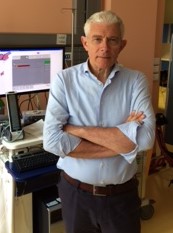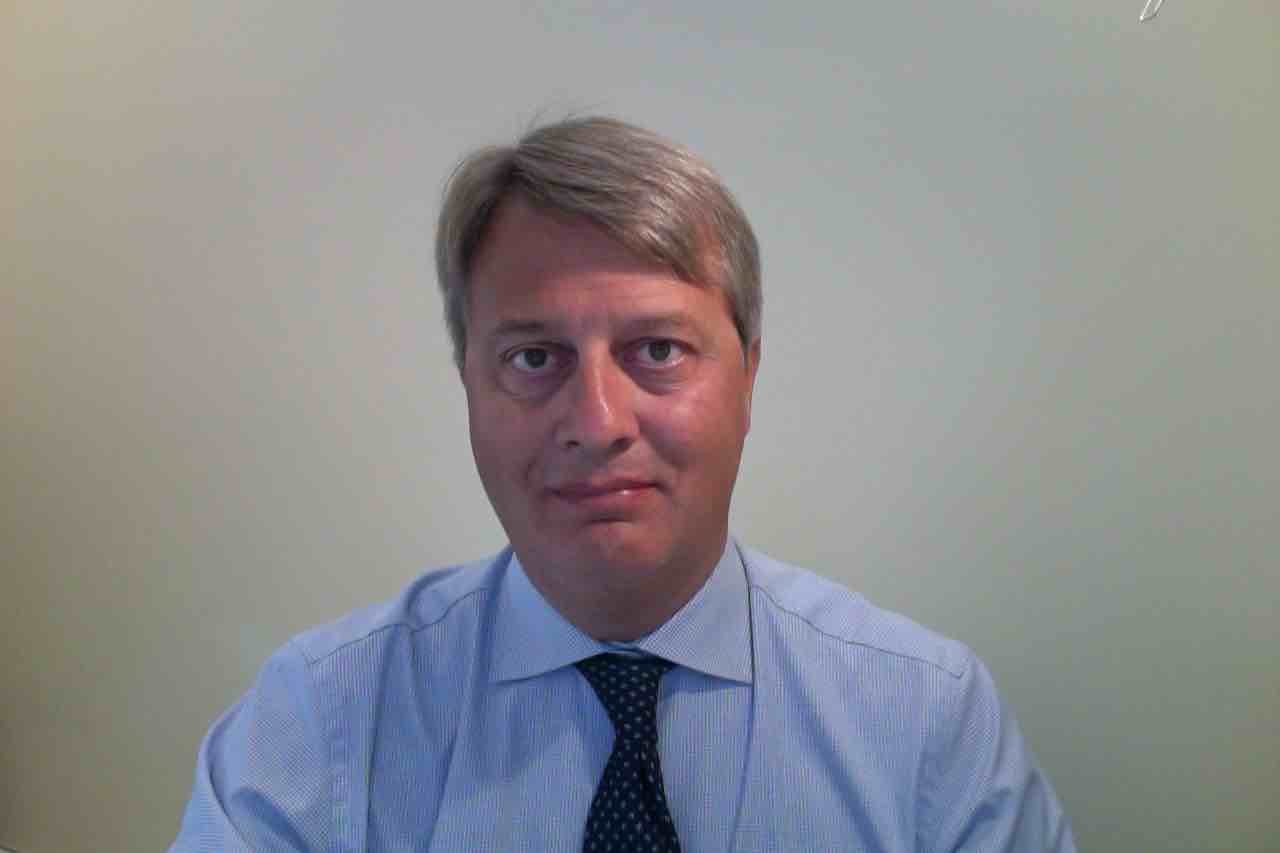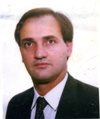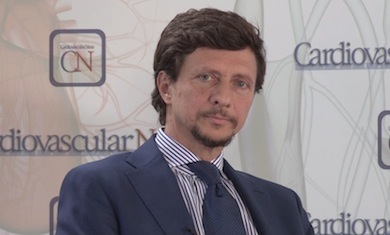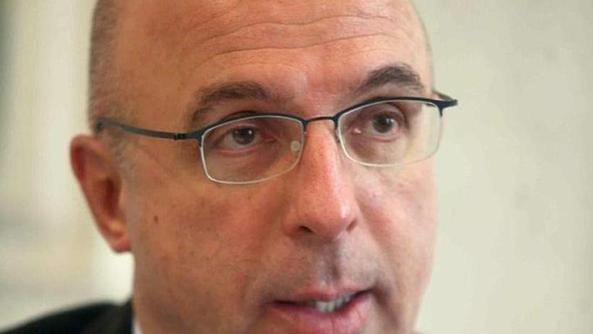Studying at the University of Verona
Here you can find information on the organisational aspects of the Programme, lecture timetables, learning activities and useful contact details for your time at the University, from enrolment to graduation.
Academic calendar
The academic calendar shows the deadlines and scheduled events that are relevant to students, teaching and technical-administrative staff of the University. Public holidays and University closures are also indicated. The academic year normally begins on 1 October each year and ends on 30 September of the following year.
Course calendar
The Academic Calendar sets out the degree programme lecture and exam timetables, as well as the relevant university closure dates..
| Period | From | To |
|---|---|---|
| PERF LEZ 1A 1 SEM 17-18 | Oct 2, 2017 | Dec 15, 2017 |
| PERF LEZ 2A 1 SEM 17-18 | Oct 2, 2017 | Dec 15, 2017 |
| PERF LEZ 3A 1 SEM 17-18 | Oct 2, 2017 | Dec 15, 2017 |
| PERF LEZ 1A 2 SEM 17-18 | Mar 5, 2018 | May 11, 2018 |
| PERF LEZ 2A 2 SEM 17-18 | Mar 5, 2018 | May 11, 2018 |
| PERF LEZ 3A 2 SEM 17-18 | Mar 5, 2018 | May 11, 2018 |
Exam calendar
Exam dates and rounds are managed by the relevant Medicine Teaching and Student Services Unit.
To view all the exam sessions available, please use the Exam dashboard on ESSE3.
If you forgot your login details or have problems logging in, please contact the relevant IT HelpDesk, or check the login details recovery web page.
Should you have any doubts or questions, please check the Enrollment FAQs
Academic staff
 corinnabergamini@libero.it
corinnabergamini@libero.it
De Maria Elia
 giuseppe.faggian@univr.it
giuseppe.faggian@univr.it
 marco.ferdeghini@univr.it
marco.ferdeghini@univr.it
 045 812 47 84 (Segreteria) 045 802 74 89 (Segreteria di Istituto)
045 812 47 84 (Segreteria) 045 802 74 89 (Segreteria di Istituto)
Menon Tiziano
 cardiochirurgia@azosp.vr.it
cardiochirurgia@azosp.vr.it
 +039 045 8072391
+039 045 8072391
Messa Michele Giuseppe
 anja.meyer@univr.it
anja.meyer@univr.it
 bruno.sandini@aulss8.veneto.it
bruno.sandini@aulss8.veneto.it
 rocco.tabbi@aovr.veneto.it
rocco.tabbi@aovr.veneto.it
 ruggero.tomei@alice.it
ruggero.tomei@alice.it
Study Plan
The Study Plan includes all modules, teaching and learning activities that each student will need to undertake during their time at the University.
Please select your Study Plan based on your enrollment year.
1° Year
| Modules | Credits | TAF | SSD |
|---|
2° Year activated in the A.Y. 2018/2019
| Modules | Credits | TAF | SSD |
|---|
3° Year activated in the A.Y. 2019/2020
| Modules | Credits | TAF | SSD |
|---|
| Modules | Credits | TAF | SSD |
|---|
| Modules | Credits | TAF | SSD |
|---|
| Modules | Credits | TAF | SSD |
|---|
Legend | Type of training activity (TTA)
TAF (Type of Educational Activity) All courses and activities are classified into different types of educational activities, indicated by a letter.
General pathology and pharmacology (2017/2018)
Teaching code
4S01610
Credits
8
Coordinator
Language
Italian
Location
VERONA
The teaching is organized as follows:
PATOLOGIA GENERALE
Credits
2
Period
CLID LEZ 1ANNO 2SEMESTRE VERONA
Location
VERONA
Academic staff
Learning outcomes
By following this course, the student will learn and integrate knowledge related to the pathogenesis and the pharmacological therapy of diseases most commonly found in the professional practice.
Specific objectives are
1- know and analyze molecular and cellular mechanisms of diseases and repair events and learn the interpretation of microscopic and macroscopic lesions
2- acquire the basis for rationale interpretation of events and symptoms of diseases most commonly found in professional practice with special attention to transmissible diseases and biopathology asso-ciated to prokaryotic infections.
3- learn to integrate knowledge described in 1 and 2 with general information of pharmacodynamic and pharmacokinetic to define the pharmacological basis of the therapy for cardiovascular disorders and use of selected drugs in the professional practice
Program
See programs described for individual courses
Bibliography
| Author | Title | Publishing house | Year | ISBN | Notes |
|---|---|---|---|---|---|
| Bertram G. Katzung | Basic and Clinical Pharmacology (Edizione 13) | McGraw-Hill Education | 2015 | 978-0-07-182505-3 | |
| A. Conforti, L. Cuzzolin, R. Leone, U. Moretti, G. Pignataro, M. Taglialatela, M. Vanzetta | Farmacologia per le professioni sanitarie (Edizione 1) | Idelson-Gnocchi | 2015 | 978-88-7947-592-1 | |
| La Placa | Principi di Microbiologia Medica | Edises | 2014 | ||
| B. G. Katzung & A. J. Trevor | Farmacologia Generale e Clinica (Edizione 10) | Piccin-Nuova Libraria | 2017 | 978-88-299-2847-7 | |
| Robbins e Cotran | Le basi patologiche delle malattie (due volumi) | Elsevier | 2010 |
Examination Methods
Written test with multiple choice questions
Career prospects
Module/Programme news
News for students
There you will find information, resources and services useful during your time at the University (Student’s exam record, your study plan on ESSE3, Distance Learning courses, university email account, office forms, administrative procedures, etc.). You can log into MyUnivr with your GIA login details: only in this way will you be able to receive notification of all the notices from your teachers and your secretariat via email and soon also via the Univr app.
Graduation
Documents
| Title | Info File |
|---|---|
|
|
pdf, it, 89 KB, 20/11/23 |
Gestione carriere
Orario Lezioni
Documents
| Title | Info File |
|---|---|
|
|
pdf, it, 256 KB, 15/04/24 |
|
|
pdf, it, 194 KB, 03/04/24 |
|
|
pdf, it, 186 KB, 04/04/24 |
Appelli d'esame
in questa pagina verranno pubblicati i calendari degli esami del Corso di Laurea
Documents
| Title | Info File |
|---|---|
|
|
pdf, it, 128 KB, 16/04/24 |






